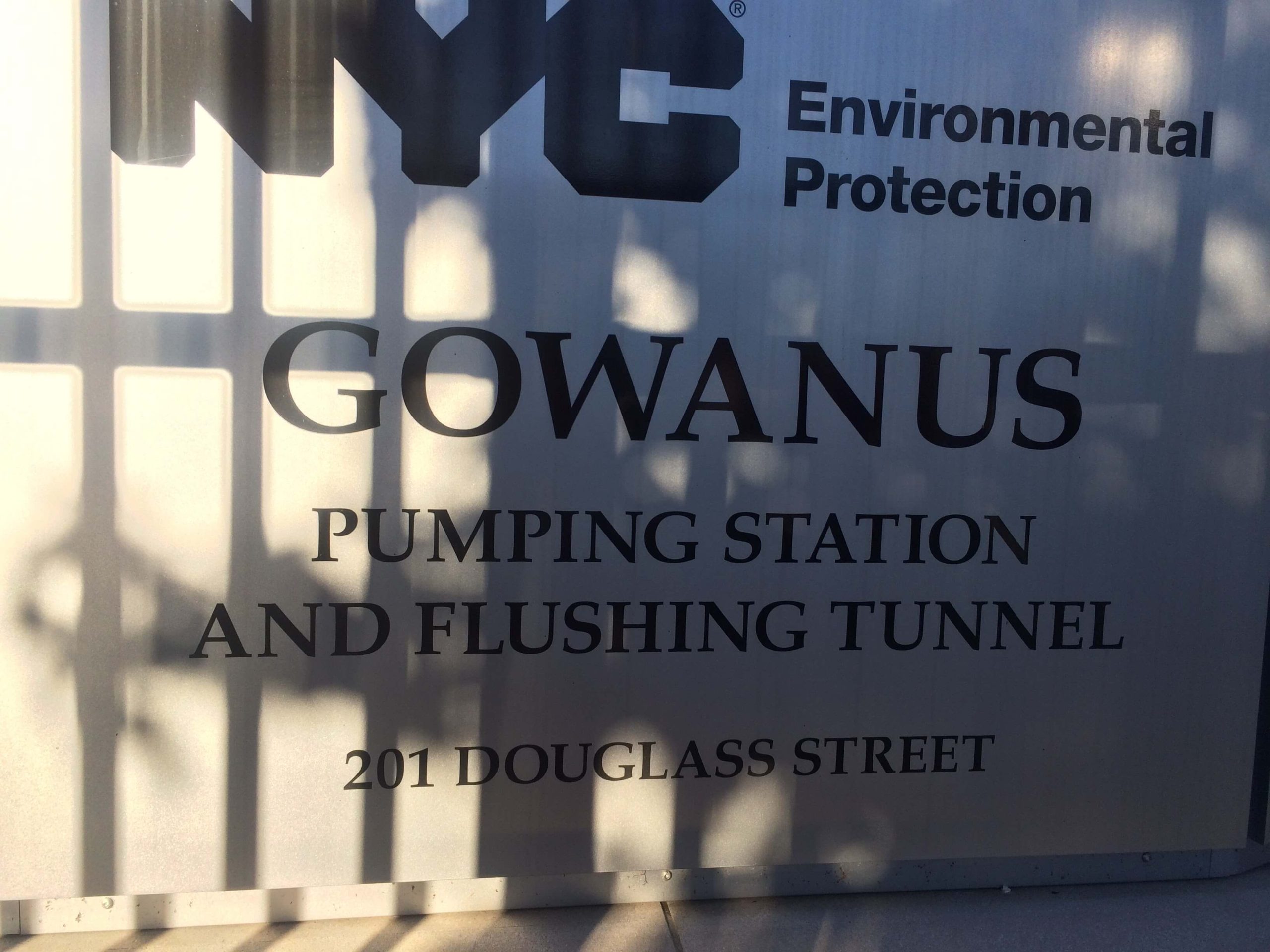No sooner had Environmental Protection Agency (EPA) regional counsel, Brian Carr, finished giving his update on the Gowanus Canal Superfund cleanup—works are advancing on schedule with no major hiccups—than members of the neighborhood’s Community Advisory Group began venting their grievances. Among other things, members who attended the June 22 virtual meeting expressed to Carr their disappointment in what they described as a failure by the EPA to make New York City comply with its Superfund obligations—particularly the construction of two large retention tanks along the Gowanus Canal that will capture combined sewer overflow into the waterway—and their distrust of the city’s environmental impact statement for the proposed rezoning of Gowanus.
When in France
Years of foot dragging by the city, consistently decried by the advisory group, prompted the EPA to issue a unilateral administrative order in March that compelled the city to begin construction on the tanks. At the June meeting, members wanted to know what the hold up was nearly four months later. Some members argued that there seemed to be a lack of commitment by EPA leadership in ensuring that the remedy of the Gowanus Canal was protected from recontamination from the increase in density—and toilet flushes—the neighborhood can expect from the proposed rezoning, which was backed by Community Board 6 after a vote on June 23. “We’re talking about putting more people next to a canal that still has raw sewage flowing into it. What the hell is going on? Maybe it’s because I’m in France, but I feel like coming out with a pitchfork,” said an exasperated Katia Kelly, a member of the advisory group and Gowanus resident.
The city asked the EPA in May to clarify some of the language contained in the administrative order, which the agency did on July 2. This will not delay the 2029 completion date set forth in the federal directive, Carr said. “I have every confidence that the tanks will be built.” He also assured the group that the administrative order was issued with the full backing of the EPA at all levels of the command chain, including the agency’s headquarters in Washington. However, Carr advised Gowanus residents to remain vigilant about future instances of noncompliance by the city in the context of the proposed rezoning—especially as related to potential violations of the Clean Water Act—and to voice their demands through avenues outside the community advisory group, such as by writing their local congressman or electing more responsive local leaders into office.
Julia, dear
The EPA is currently reviewing the draft environmental impact statement the city released in April, Carr said, adding that the agency expects to use its authority under Superfund to seek clarifications from the DEP on how the rezoning might impact the canal’s remediation. Members of the advisory group repeatedly voiced their dissatisfaction with the accuracy of the impact statement, saying it contained “faulty data” and calling for DEP Commissioner Vincent Sapienza to appear before the group in the near future.
“We can’t respond to a comment that the [environmental impact statement] is ‘faulty’ because there’s nothing for us to respond to in that context,” Julia Ehrman, who attended the virtual meeting on behalf of Council Member Brad Lander, explained to the group. Ehrman urged members of the advisory group to be specific in naming their qualms with the impact statement; she explained that some errors were to be expected in a document of its breadth and scope, but that the city had thus far been quick to rectify mistakes pointed out by Lander’s office. An emphatic response came from Linda LaViolette, a group member: “I spent a lot of time reading through the full 1,000 pages. There weren’t a few mistakes, dear, there were many, many mistakes. This level of inconsistency and faulty data is not acceptable.”
Over the past weeks, some CAG members have specifically taken issue with the DEP’s choice to use rainfall data from 2008 in its assessment of flood risks in the area. Carr acknowledged this concern and suggested residents ask the city to rework the impact statement with data from different rainfall years during the upcoming rezoning meetings. It’s important to speak up, Carr told the group, because the city is only legally bound to produce an environmental impact statement that merely considers the consequences of the proposed rezoning, but it is not obliged to produce an accurate assessment of its impact. “If you guys raise an issue and the city thinks about it but gets it wrong, the city still gets to say that they considered the issue even if they got it wrong.”
Calls from residents for the EPA to take an active role in drafting a new version of the environmental impact statement also intensified during the meeting. Carr reiterated the role of the federal government would be to continue to ensure the integrity of the Superfund remedy by making sure the city builds the right infrastructure to contend with increased density in the area, but that it did not have the jurisdiction to further opine on the proposed rezoning. Plus, environmental impact statements of any kind, Carr explained, are typically carried out by a single level of government, in this case the city. That’s why no one thought to involve the EPA from the outset in the crafting of a local government document, he said.









